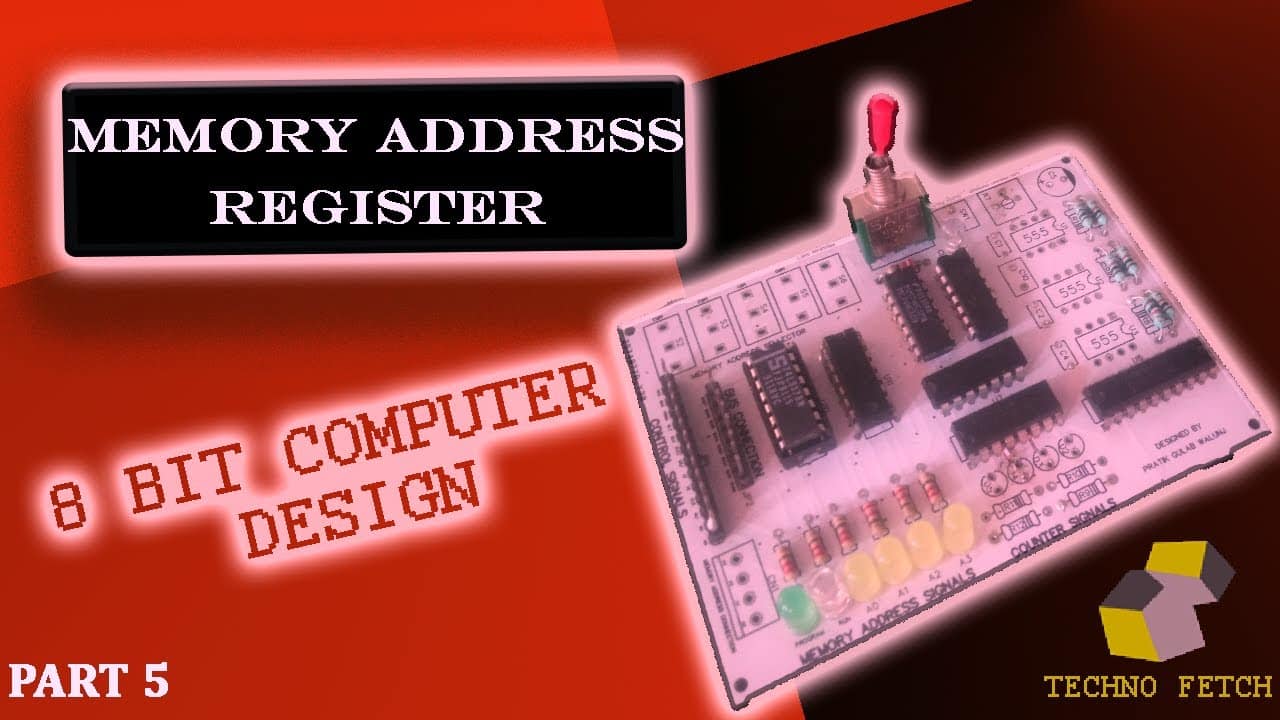The Memory Address Register (MAR) is the register in a computer’s central processing unit (CPU) responsibility for holding the address of a memory location for reading or writing. It is closely associated with the Memory Data Register (MDR) which stores the data to be retrieved from or stored to memory.
In the fetch-execute cycle, instructions are executed by the CPU from RAM. The MAR provides the address of the instruction in memory to the CPU. The CPU signals, that it needs an instruction from a specific address and the MAR provides that address. The address is then sent to a memory buffer, where it is put through the memory management unit (MMU) if applicable. From there it is sent to the RAM controller, which provides the data to the CPU.
When reading or writing a value to memory, the MAR again provides the memory address. The MDR then holds the data that is to be written to memory. The MDR may contain both an instruction and data in the same fetch cycle.
MAR’s are included in most modern microprocessors in order to take advantage of the Von Neumann architecture. MAR’s are usually composed of a small number of storage elements (bits) and access instructions (add, subtract, select, and store).
MAR’s are vital components of any modern computer system. Their design is an important factor in computer system performance, as they are responsible for retrieving data from memory in a timely manner. In order to reduce latency between fetch cycles and speed up the execution of instructions, modern processor architectures include multiple MARs, as well as other specialized registers such as the Memory Data Register (MDR).






